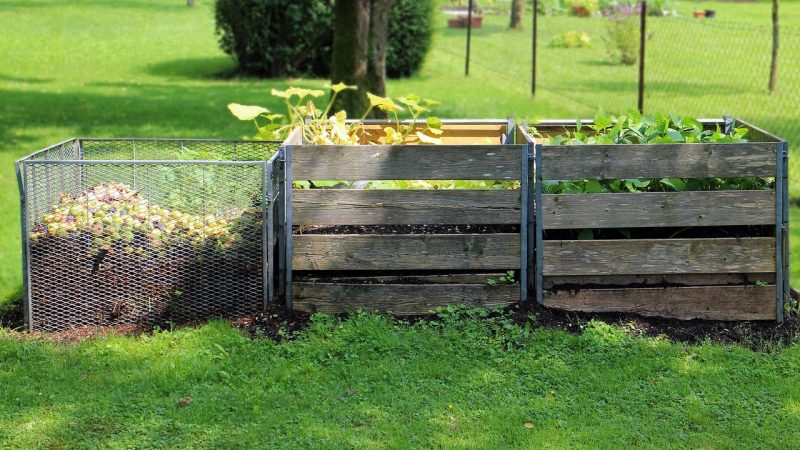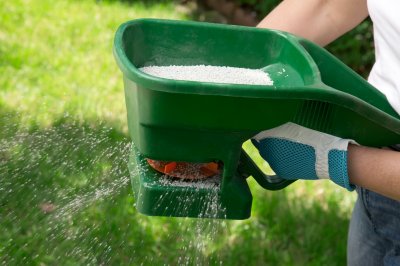Lawn fertilization is a crucial aspect of lawn care that involves providing essential nutrients to the grass to promote healthy growth, vibrant color, and overall vigor. Proper lawn fertilization can also help improve the lawn’s resistance to pests, diseases, and environmental stresses. Here are some important tips for lawn fertilization:
1. Soil Testing:
- Before applying any fertilizer, conduct a soil test to determine the nutrient levels and pH of your soil. A soil test will help you understand which nutrients are deficient and guide your fertilizer choices.
2. Choose the Right Fertilizer:
- Select a high-quality lawn fertilizer with a balanced nutrient ratio, such as 20-10-10 or 15-15-15. The numbers represent the percentage of nitrogen (N), phosphorus (P), and potassium (K) in the fertilizer.
3. Know Your Grass Type:
- Different grass types have varying nutrient requirements. Identify the type of grass in your lawn and choose a fertilizer that suits its needs.
4. Timing:
- Fertilize your lawn during the active growing season when the grass can efficiently utilize the nutrients. In most regions, this is typically in the spring and fall.
5. Follow Application Rates:
- Follow the recommended application rates provided on the fertilizer packaging. Over-fertilization can lead to nutrient imbalances and harm the environment.
6. Application Method:
- Use a spreader to evenly distribute the fertilizer across the lawn. Avoid applying fertilizer directly onto sidewalks, driveways, or other non-grassy areas.
7. Watering:
- Water the lawn immediately after fertilization. This helps the fertilizer dissolve and reach the root zone of the grass.
8. Avoid Fertilizing Dormant Lawns:
- Refrain from fertilizing dormant lawns during periods of hot or cold weather when the grass is not actively growing.
9. Slow-Release Fertilizers:
- Consider using slow-release or controlled-release fertilizers. These release nutrients gradually over time, providing a steady supply to the grass and reducing the risk of nutrient leaching.
10. Environmentally-Friendly Practices:
- Consider using organic or natural fertilizers, such as compost or composted manure, which enrich the soil with organic matter and support long-term soil health.
11. Regular Maintenance:
- Proper mowing, watering, and aeration also play a role in maintaining a healthy lawn. Combining these practices with proper fertilization will lead to a lush and vibrant lawn.
By following these lawn fertilization tips and maintaining a consistent lawn care routine, you can create a beautiful and resilient lawn that enhances the beauty of your outdoor space. Remember that a healthy lawn not only adds curb appeal but also provides a functional and enjoyable area for outdoor activities.






